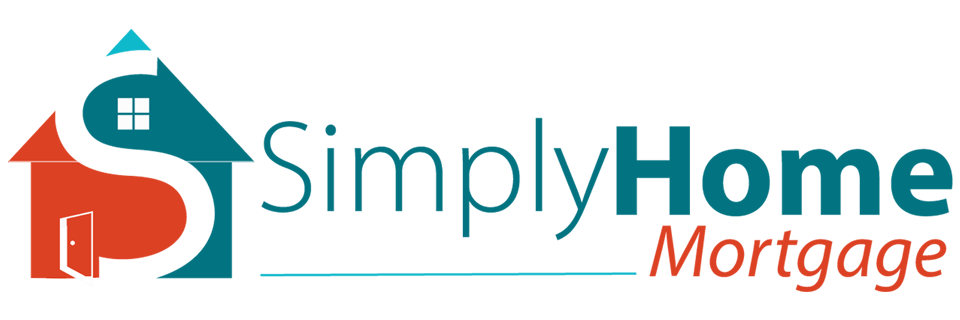Renovation Loans –
There are two loan programs that can make your dream of rehabbing a fixer-upper a reality: the Federal Housing Administration’s 203(k) mortgage and Fannie Mae’s HomeStyle Renovation mortgage.
The programs achieve the same goal — providing homeowners with a mortgage and access to money to make necessary improvements — but come with different requirements and best serve different types of buyers.
FHA 203(k) mortgage
This type of financing is ideal for borrowers who either have little money for a down payment or who have an average or slightly below-average credit score.
The FHA requires a credit score of at least 580 if you want to make the minimum down payment; if you have 10% down, your score can be as low as 500.
The two different types of 203(k) mortgages got new names in 2015. Formerly called the regular or full 203(k) and the streamline 203(k), they’re now called the standard 203(k) and the limited 203(k).
The standard 203(k) loan is for almost any kind of repair or improvement — even the reconstruction of a demolished home, as long as the original foundation remains.
Any home more than 1 year old is eligible for a 203(k) loan.
Repairs must cost at least $5,000, and homeowners must hire a 203(k) consultant, who, for a fee of a few hundred dollars, determines whether the project is financially feasible, inspects the property, prepares or contracts out architectural exhibits and oversees the work.
You can borrow more than the home is worth, as long as the repairs will increase its appraised value.
The most you can borrow is 110% of what an appraiser estimates it will be worth after renovations, or the cost of the home plus the estimated renovation cost, whichever is less, minus your down payment. The minimum down payment on an FHA loan is 3.5%.
The maximum also must fall below the FHA mortgage limit for the area — $294,515 for single-family homes in most parts of the country and up to $679,650 in high-cost areas.
But a couple of rules governing these loans have been relaxed to:
- Eliminate the cap on how much can be spent to repair or remove in-ground swimming pools. (Adding a pool is still not allowed.)
- Permit foundation repairs. The old rules required a home’s original foundation remain untouched.
Fannie Mae HomeStyle Renovation mortgage
This type of financing requires a down payment of just 5% if you’re buying a single-family home with a fixed-rate mortgage.
With a down payment of less than 25%, you’ll need a credit score of at least 680. If your debt-to-income ratio is higher than 36% but less than or equal to 45%, your credit score needs to be 700 or higher.
You’ll have 12 months to complete the work, and there’s no minimum amount you must devote to repairs. You can use the money for repairs, remodeling, renovations or energy improvements. The only restriction is that the changes must be permanently affixed to the property and add value.
The lender will oversee the renovations to make sure they get completed. The lender will need copies of your plans and specifications as well as your renovation contract.
Since you can put down as little as 5%, the most you can borrow on the home is 95% of the lesser of:
- An appraiser’s estimate of the market value after improvements.
- The purchase price plus renovation costs, or “cost basis” value of the home.
Both loans let you skip up to six monthly payments if you can’t occupy the home during renovations, with the interest for those months added to the principal of the loan. There are many more guidelines & benefits to these programs to be discussed.
These loan programs can also be used to remodel your kitchen and get new appliances, to finish your basement, to paint your home and to add insulation and weather-stripping, among many other possibilities.
You can borrow the purchase price plus up to $35,000 for repairs, improvements and upgrades. There is no minimum repair amount.
Ready to begin?
Contact Us
